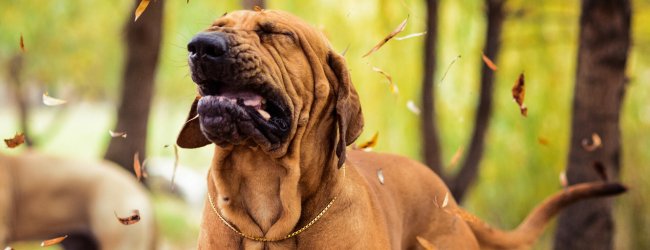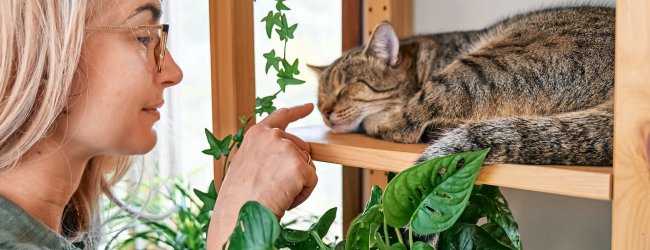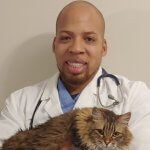 Approved by Dr. Dwight Alleyne, DVM
Approved by Dr. Dwight Alleyne, DVM Cat Not Drinking Water? Here’s What To Do.
A cat not drinking water could mean anything from their disagreeing with your food bowl placement...to a serious health condition, including kidney disease or even cancer. Here are the signs to keep an eye out for.
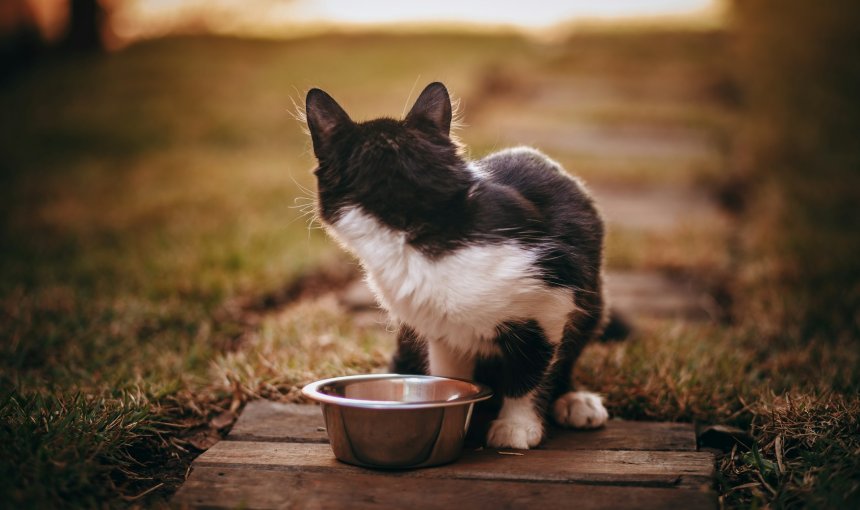
Just like you, it’s important for your cat(s) to stay hydrated – so they’ll feel well and stay healthy. So if you have a cat not drinking water, watch out. It could be a sign of illness or injury in your feline friend.
Because given how cats tend to mask their signs of illness or discomfort, staying a little vigilant and monitoring their behavior goes a long way. More often than not, serious health issues like gastroenteritis and dehydration might turn up as easy-to-miss signs like lethargy first – decreased appetite after.
So in this article, we’ll cover how much water a cat needs, why a cat might stop drinking water, and what you can do to get your cat drinking again. Plus, how tracking your cat’s daily activity can help you catch on to signs of illness – and take action before they worsen.
How much water does my cat need?
In general, kittens and senior cats need more water than adult cats – as do very active cats or those in warm climates and sun.
However, your cat’s daily water requirements depends on several factors. Including their:
- Age
- Size
- Diet
- Activity level
- The time of year
💡 So as a rule of thumb, an adult domestic cat that weighs 11 lbs/5 kg should drink approximately 250 ml of water – or just over one cup – per day.
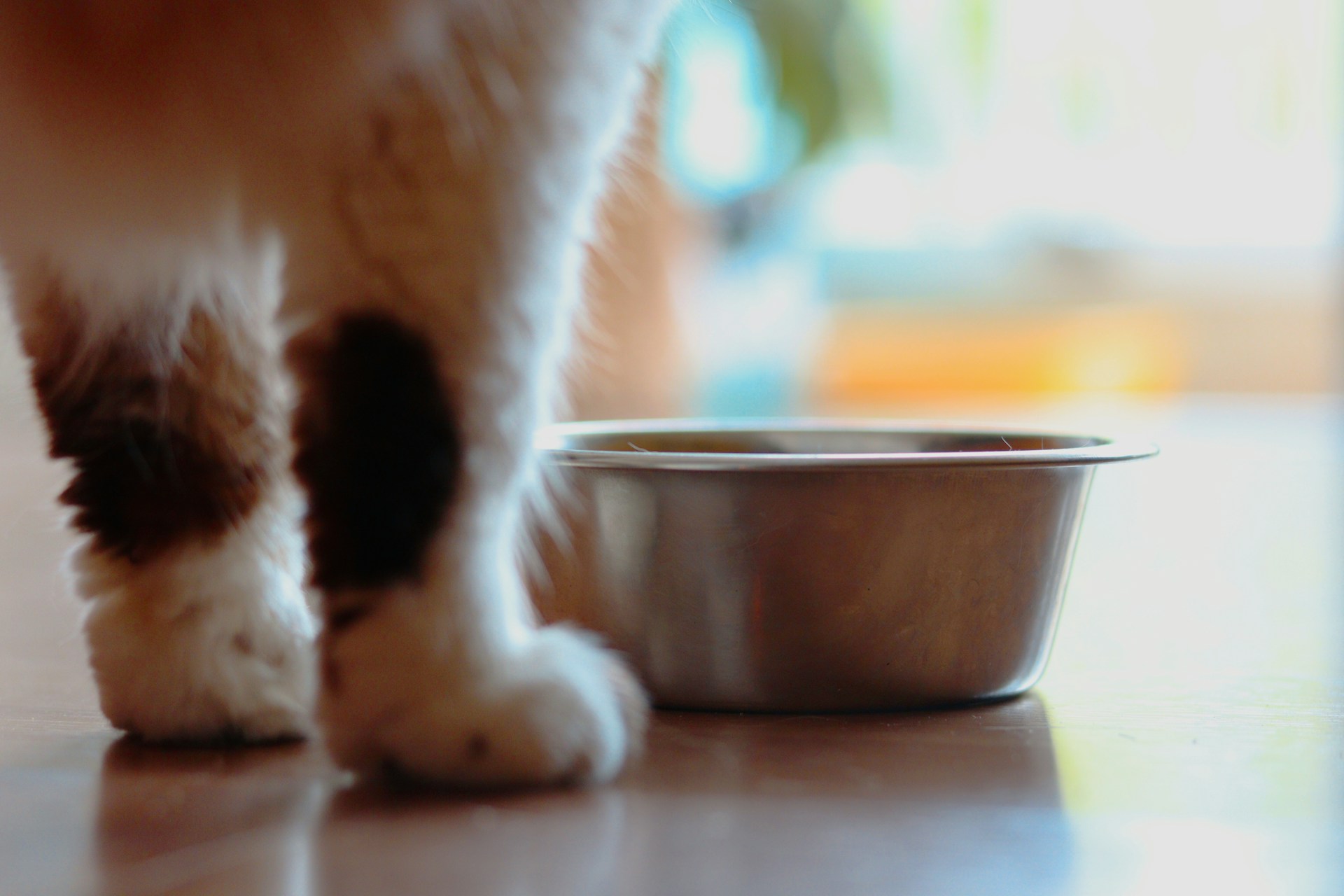
However, there are some situations where your cat might need more than 250 ml of water. Like, for example, if they’re:
- A super active outdoor cat, with a large territory to patrol
- Or if they’re in the habit of eating only dry food (which contains less water than wet food)
- Living in a generally warmer climate
Read more:
- 10 Tips For Keeping Outdoor Cats Safe & Healthy
- Outdoor Cat Care In Winter: How To Keep Yours Safe
- Cat Feeding Schedule: How Often Should I Feed My Cat?
Your vet will be able to tell you exactly how much water your cat needs each day. But there’s no need to measure out exactly this amount – just make sure to provide your cat with access to a clean, fresh water supply all day long and let them drink as much as they need.
Do cats need less water in general?
Compared to dogs and humans? Yes. And it has to do with how they’re naturally built. 250 ml – or just over a cup – might seem quite less! (Especially since we humans need quite a bit more.)
But as it turns out, your cat’s evolutionary ancestors originated from hot, desert areas that didn’t have a ton of water lying around. As a result, they’ve evolved to make do with drinking less water throughout the day.
Modern day domestic cats aren’t too different. It’s why cats tend to drink smaller amounts of water per day, compared to dogs.1
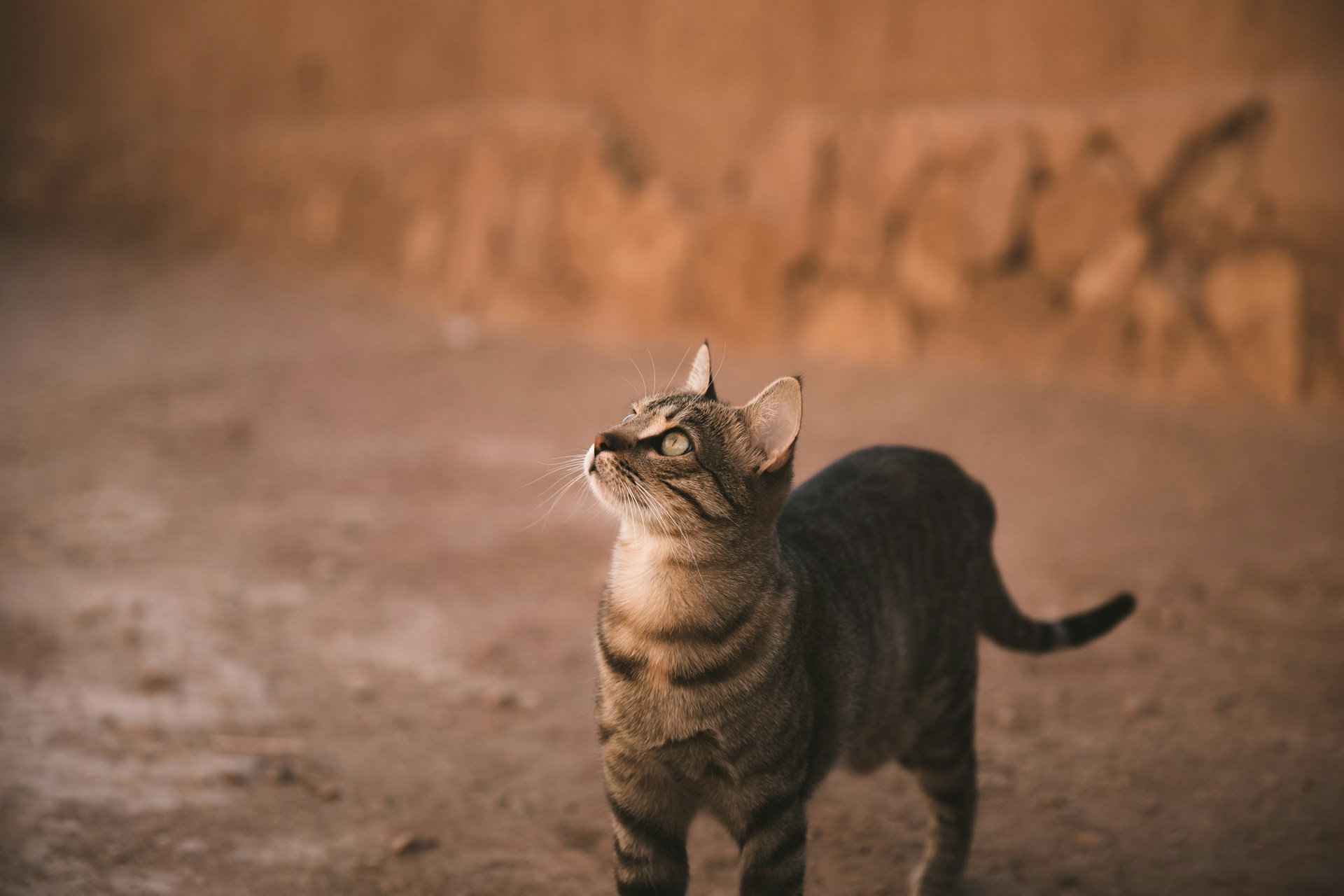
Now it’s because your cat needs less water in general that you might miss out on them taking fewer trips to the water bowl than normal. Or maybe refusing to drink at all – or even drinking a lot more water than normal!
In all these cases, it makes sense to keep track of your cat’s water intake – and get to the bottom of why their habits have changed.
Read more: Is Your Cat Drinking A Lot Of Water? Here’s What It Could Mean.
Why is my cat not drinking water?
Many times, when a cat stops eating or drinking water, it could be due to:
- A relatively harmless reason – like if they just don’t like where you’ve placed their bowl
- Or a symptom of a larger illness that you’ll need to get them to a vet for as soon as possible.
So let’s start with a couple of the less harmful reasons for a cat not drinking water. Your cat might hesitate to take a sip depending on:
- How much they’ve already drunk for the day (whether from your neighbor’s sprinklers or just elsewhere)
- How clean their water bowl is (or isn’t)
- What their water bowl might be made of (i.e., the material)
- Where you’ve placed your cat’s water bowl
- If you’ve changed your cat’s diet (i.e. from dry food to wet food)
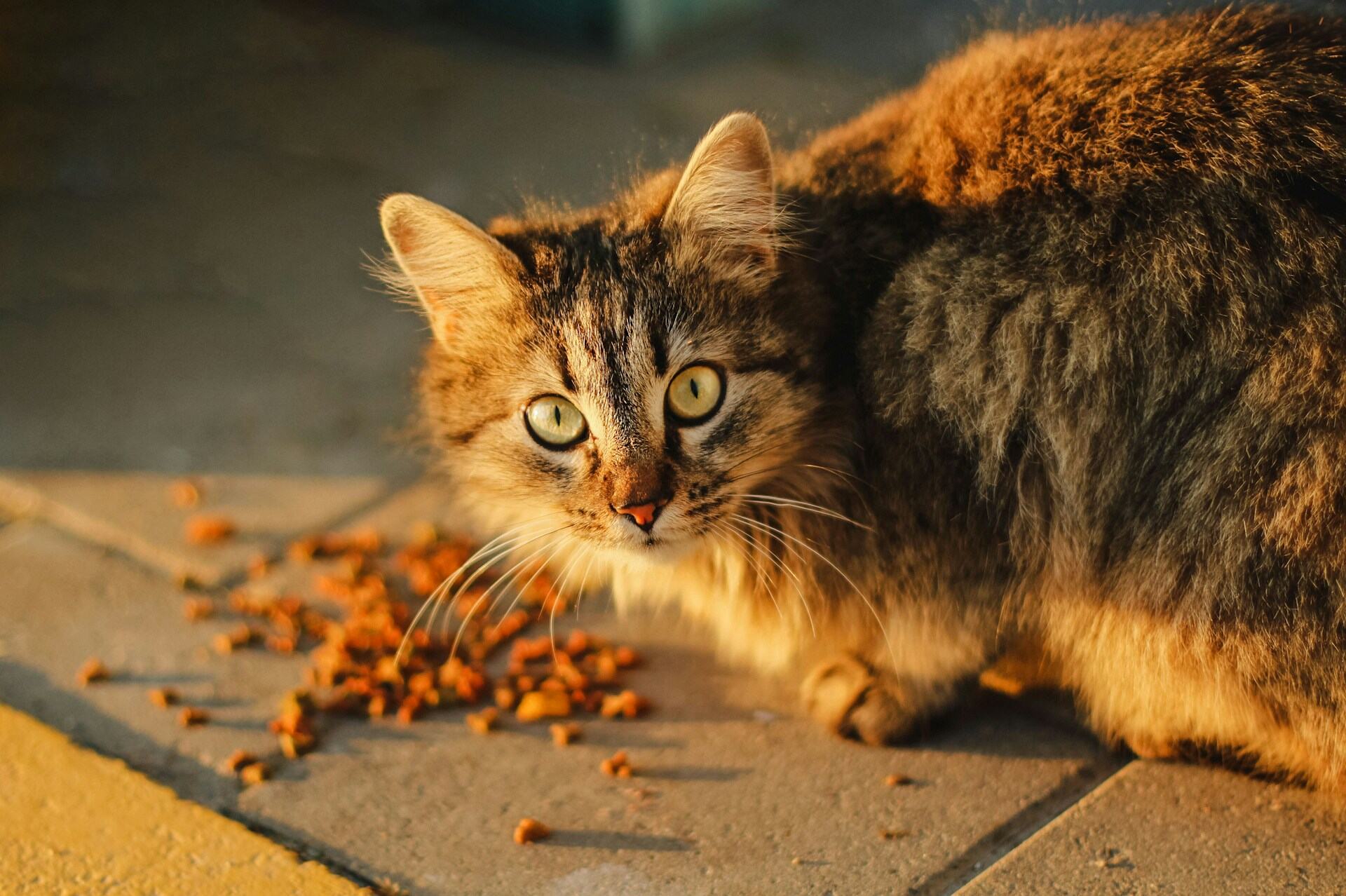
- How active your cat is (or isn’t – a cat that hasn’t been too active will just need less water in general)
- How hot the weather is around you
- If they’re recovering from medical treatment
- How old your cat is
Cats are notoriously fussy when it comes to cleanliness. (Haven’t you noticed how often they tend to clean themselves?) So if they pick out that the water in their bowl (or the bowl itself) is:
- Dirty
- One they have to share with another pet (or outdoor animal)
- In a spot they’re not 100% comfortable with (like near the noisy washing machine in your kitchen)
…then these could all be reasons why your cat stopped drinking from it.
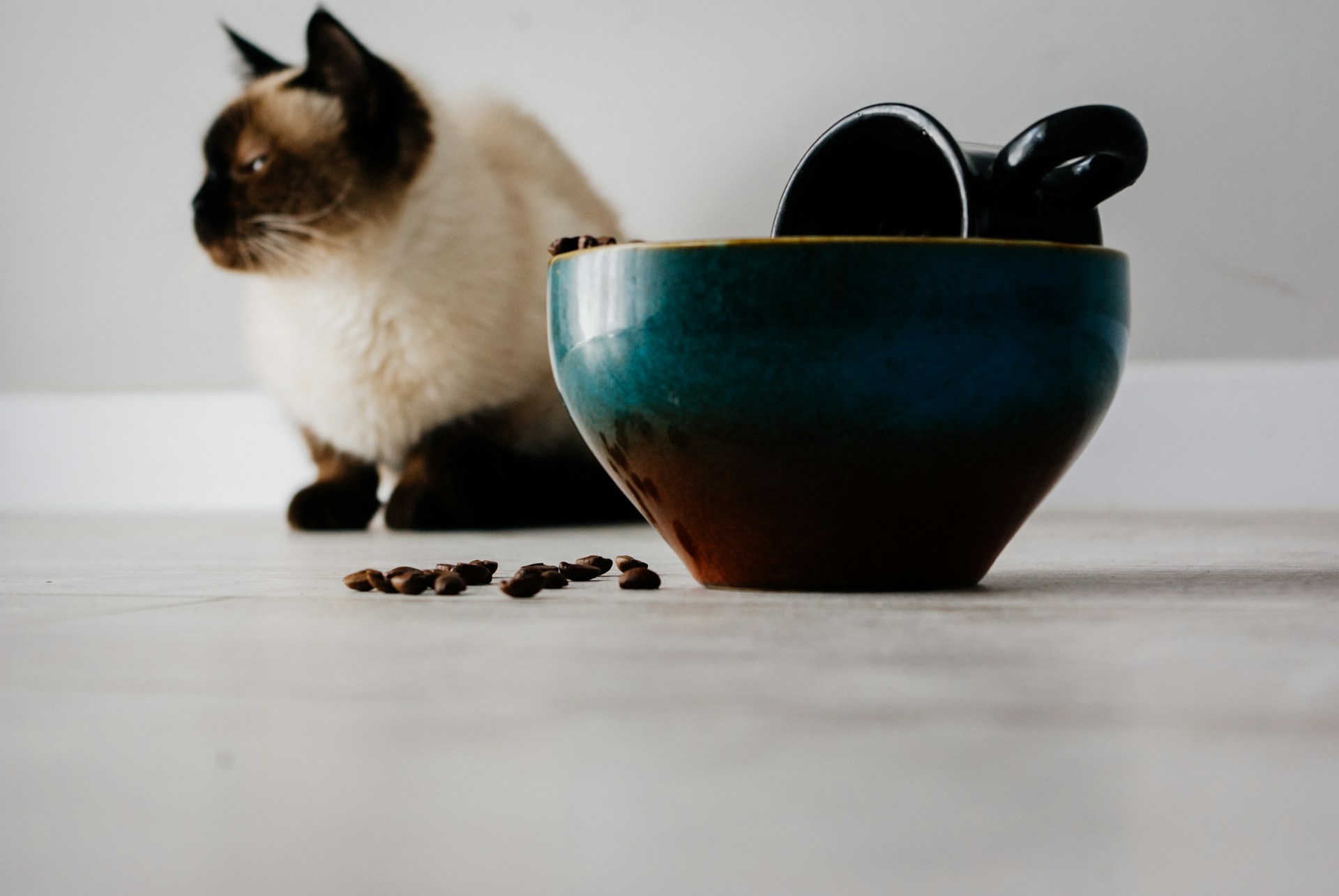
💡 So make sure to check and double-check for any fur or dust that might’ve fallen into your cat’s water bowl. Shift it to a quieter spot around your home so they can drink with a little privacy.
More serious reasons for a cat not drinking water
Now even if cats don’t tend to drink a ton of water, they do still need to stay hydrated. And unfortunately, if you notice they’re drinking less than before – or not at all – it could also be a sign of illness.
Here are some diseases that might lead to a cat not drinking water – among other symptoms:
- Liver disease
- Kidney disease
- Cancer
- Pancreatitis
- Inflammatory bowel disease
- Periodontal disease3 – and other dental diseases
- Gastroenteritis, or another digestive disease
- Hyperthyroidism
- Diabetes
Left untreated, these could be fatal over time.
⚠️ And since cats don’t tend to draw attention to themselves when sick, it can be easy to miss the early symptoms of these disease – which means they might have worsened by the time you do notice.
Signs of dehydration in cats
If your cat is not drinking enough water to meet their daily needs, they may become dehydrated. This can lead to issues in the cat’s energy, organ and skin health.
Dehydration is caused by drinking too little water or urinating at a faster rate than they consume water. It could also be caused by more serious factors like blood loss, vomiting, heat stroke, diabetes, and kidney disease4.
Here are some symptoms of dehydration in cats:
- Dry, non-elastic skin
- Loss of appetite
- Drooling
- Sunken eyes
- Dry, red gums
- Panting
- Urinating excessively or infrequently
- Constipation
- Trembling
- Increased heart rate
- Persistent vomiting and/or diarrhea5
💡 One of the first signs your cat might not be feeling well is if they’re generally more lethargic – or less active – than usual. They may seem disoriented or out of sorts – and might strain in the litter box.
If you notice any of these signs, make sure to take your cat to the vet as soon as possible. Your cat may be dangerously low on electrolytes.6
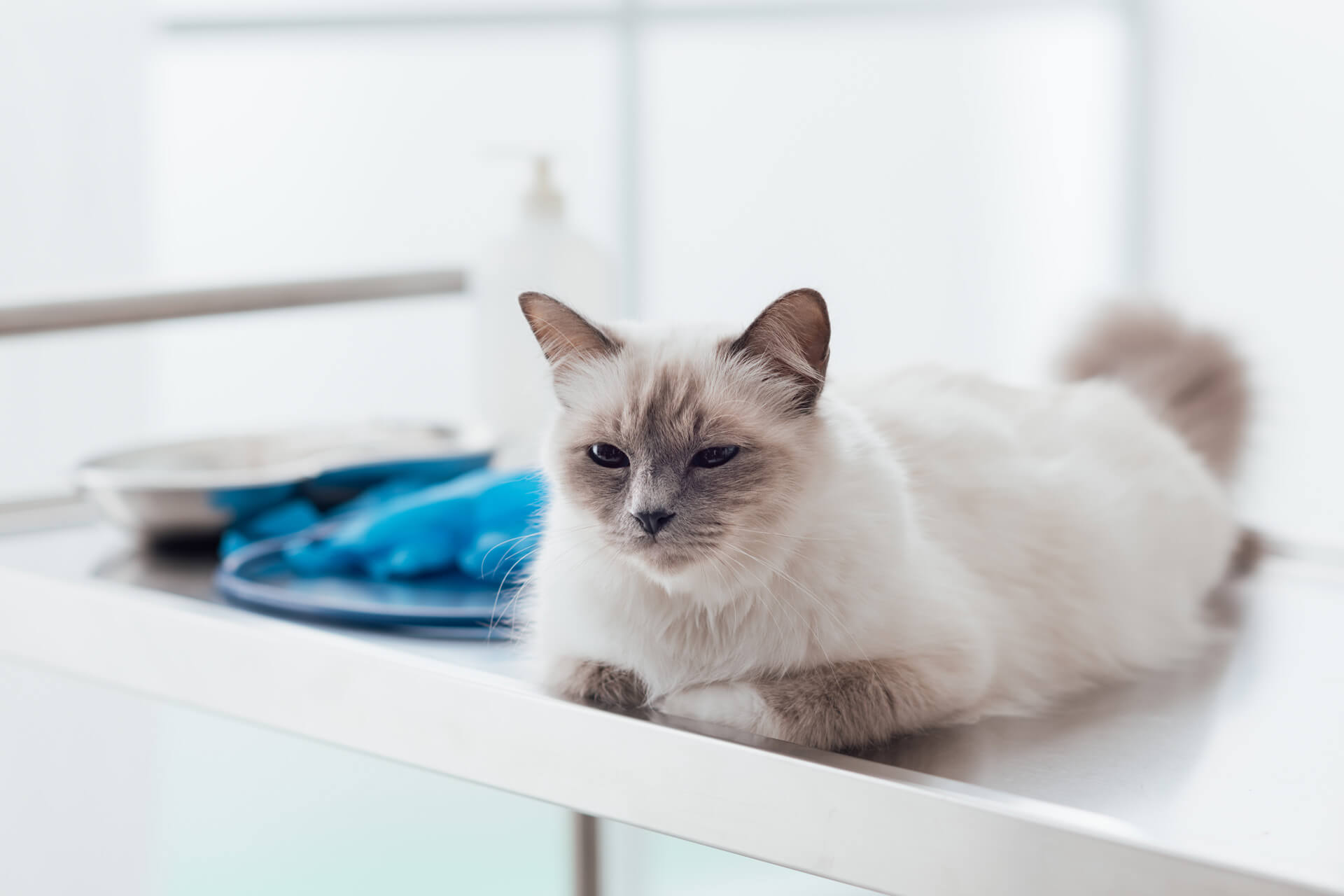
When to go to a vet if your cat isn’t drinking water
If you have a cat not drinking water for 48-72 hours, or showing other worrisome symptoms, including:
- Lethargy
- Loss of appetite
- Or changes in urination/defecation
…then take your cat to the vet as soon as possible.6 Your vet will be able to assess your cat’s health to determine if they are suffering from dehydration, any of the illnesses above or another condition which may require medical attention.
Figuring out how to go to a vet – with Activity Tracking
A sick cat is one that’s more likely to hide away. (Usually to nurse themselves back to health – it’s just what their ancestors would do.) Which usually means a secure, relatively isolated spot where they feel safe.
But with your cat MIA, how are you supposed to monitor their behavior or pick up on a change that might indicate they’re sick?
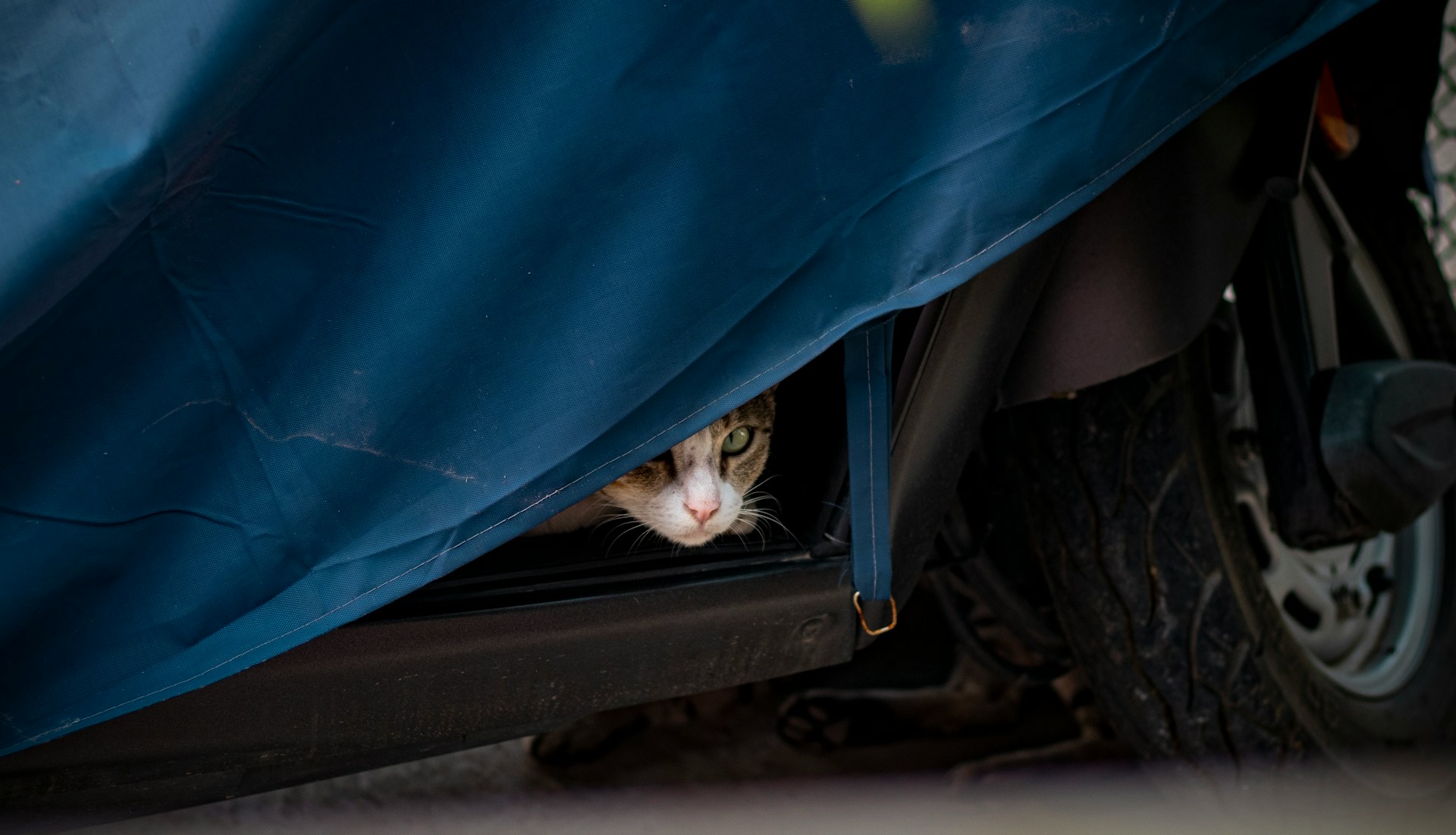
💡 Simple: by tracking your cat’s daily activity – and taking action if you notice a gradual dip. (Like if they’re feeling more lethargic or sluggish than usual.)
In fact, vets even recommend keeping track of your pets’ daily activity – including how much they can keep up with you.7 Because the more vigilant you are, the earlier you can pick up on a drop in their activity. (Which can signal they’re struggling with a sickness, injury, infection, or even just pain.)
That’s why Tractive cat parents around the world – just like you – are investing in our life-saving technology to monitor their cats’ health and wellbeing.
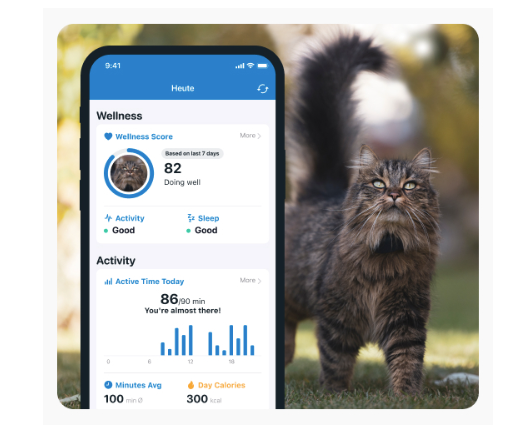
With its built-in motion detector, your Tractive device keeps track of your cats’ active minutes throughout the day. (So no need to hover around your cat 24/7.)
Now you can more quickly and easily pick up on a dip in your cat’s activity – and get them to a vet for a checkup before their condition worsens.
So you get to both keep kitty healthy – and avoid an expensive, avoidable vet bill down the line.
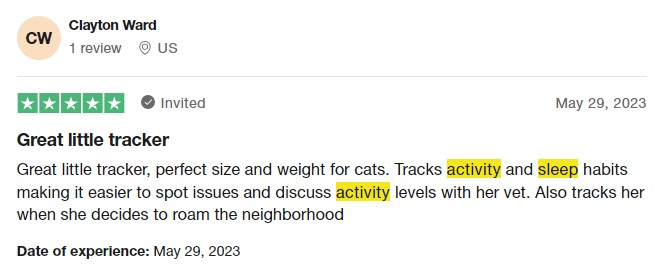
Can I feed my cat milk instead of water?
Cats only need one thing to stay hydrated – water. Generally, milk is bad for cats due to the fact that most are lactose intolerant and will become sick (with, for example, diarrhea and vomiting) in case they drink milk.
So it’s best to avoid feeding your cat milk, unless it is the kind specifically made for cats.7
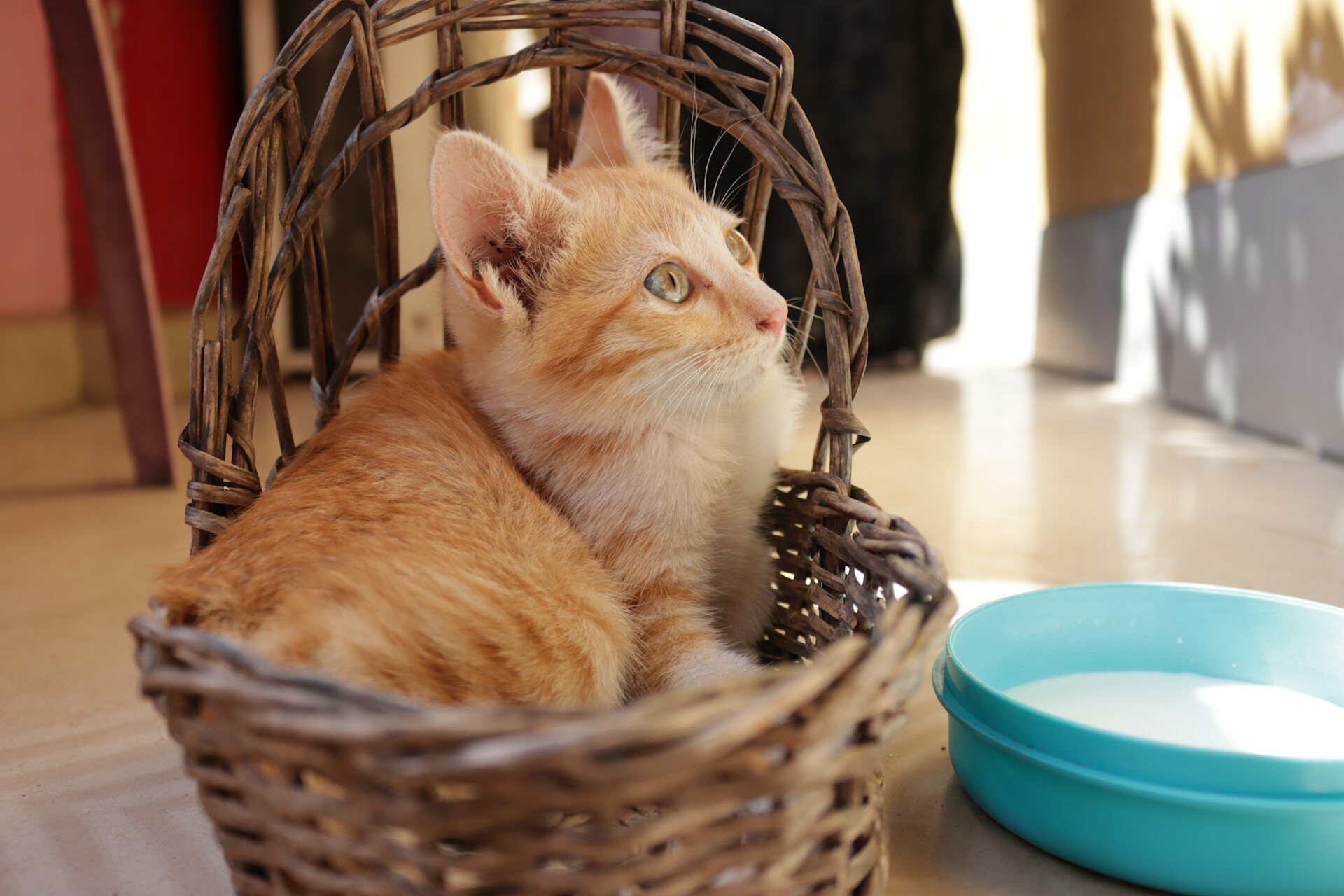
Because milk tends to be high in fat, cats may enjoy its taste. But it’s better you avoid giving your cat milk – or else you’re more likely to have a sick kitty on your hands.
Instead of feeding your cat milk, follow these steps below to get your cat drinking water again.
How to get a cat to drink water
There are several tips and tricks you can try to get your cat to drink more water or increase their water intake. However, if these tips don’t work, remember to consult your vet if the cat does not drink for 48-72 hours.
So try to:
Adjust their water bowl
Keeping your cat’s water bowl clean is a must – else they’re likely to hesitate before taking a sip. But besides that:
- Try and serve them water in glass, ceramic, or metal bowls. (And not plastic.)
- Keep your food and water bowls away from the litter box.
- Keep your food and water bowls separate. (Some cats don’t like them too close together.)
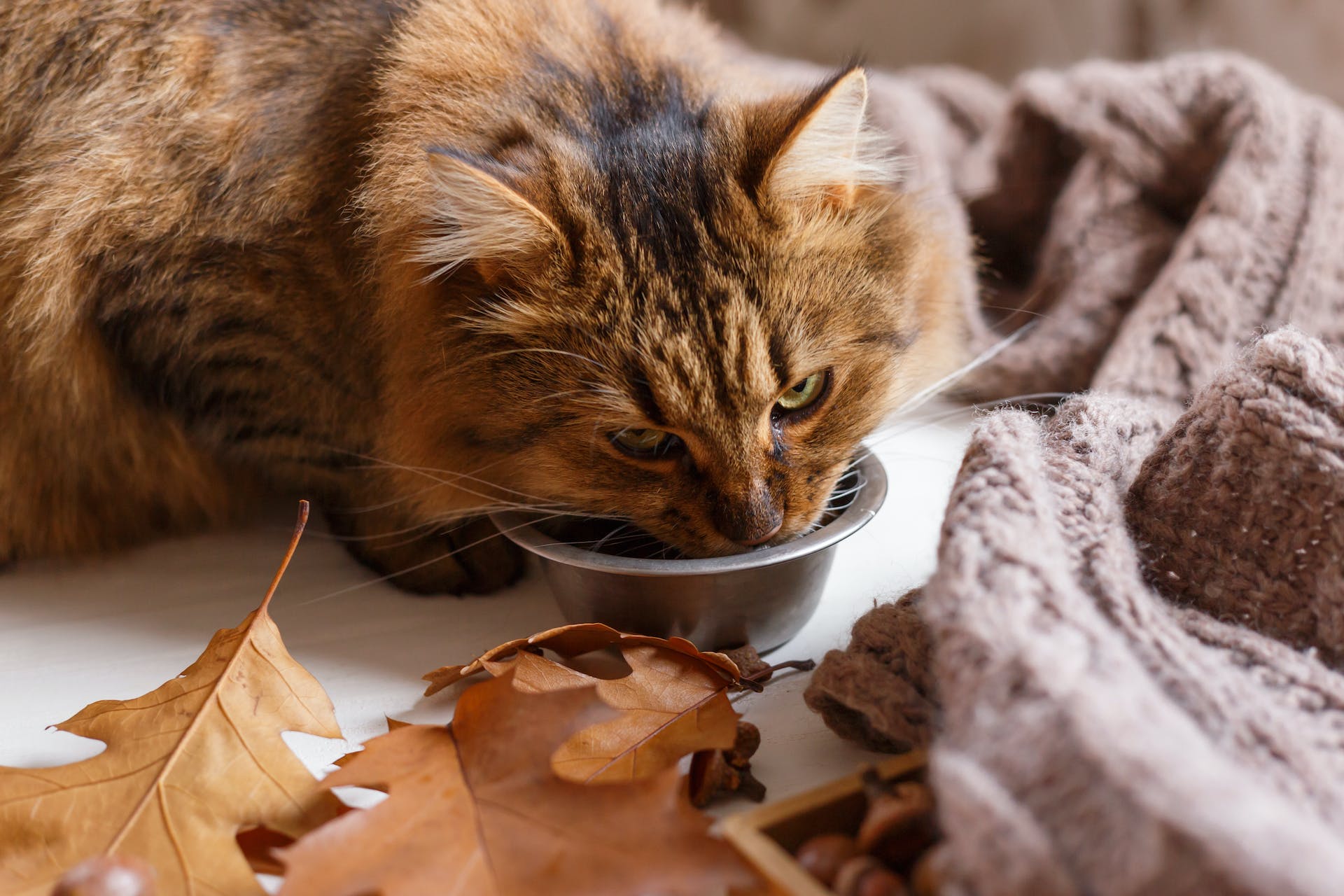
Switch up your cat’s diet
Wet cat food tends to be more hydrating than dry kibble. So start by gradually switching to some wet food options to give your cat an extra bit of hydration during mealtimes.
- If your cat is already eating wet food, try and add some water to their food bowl.
- Add some unsalted tuna or chicken broth – or crushed catnip – to your cat’s water to encourage them to drink.
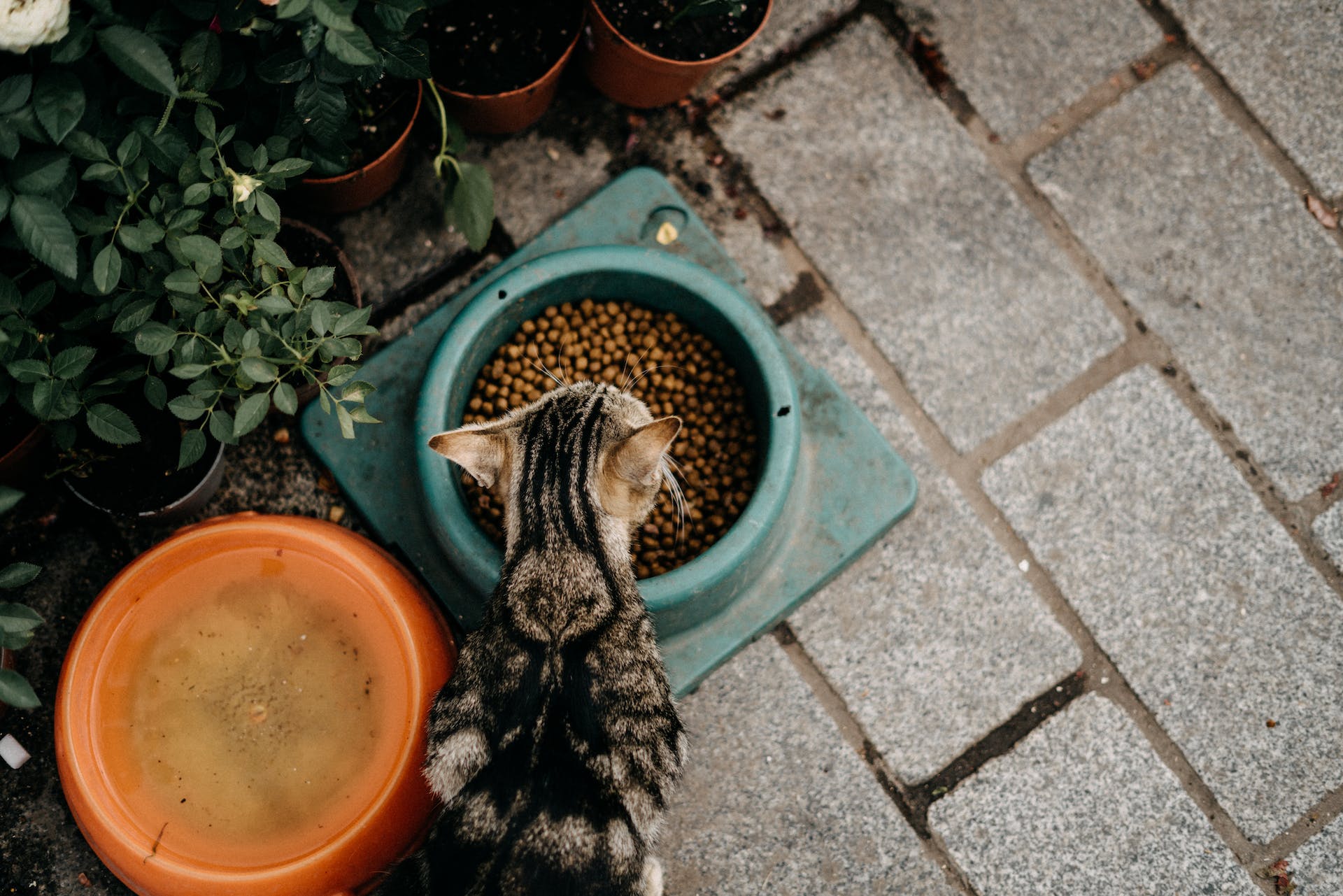
💡Catnip is actually perfectly safe for cats to sniff, bat at, lick, and even eat! Its rather entertaining effects don’t tend to last longer than 10-15 minutes. But do make sure not to let your cat around too much of it, else they might get overstimulated.
Use different water sources
While cats do tend to be creatures of routine – a little variety can help in some cases. Besides their regular old water bowl, you could:
- Try using a water fountain. (Or your lawn sprinklers)
- Ensure your house has enough sources of water to go around. (Your cat may like some better than others.)
- Run your kitchen or bathroom faucets to see if your cat drinks it.
- Try giving your cat bottled water instead of tap.
- Add some ice cubes to their water bowl.
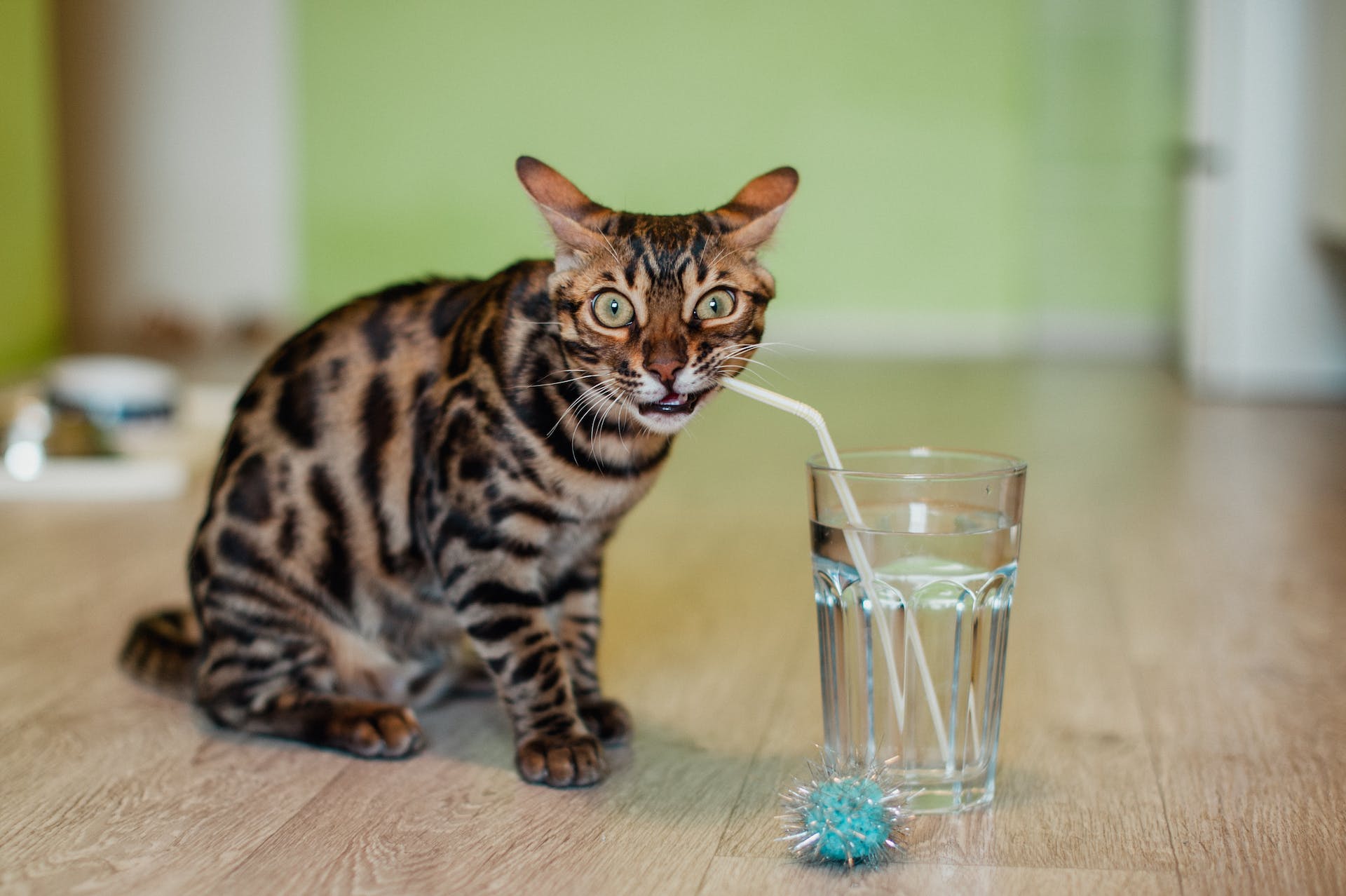
Wrapping up: Why is my cat not drinking water?
It can be easy to miss out on changes in your cat’s behavior – they do tend to hide away and mask any signs of sickness, after all. But if you’re finding your cat not drinking water all of a sudden, it may be due to:
- Less serious reasons, like the placement or cleanliness of their water bowl
- More serious reasons, like kidney disease or gastroenteritis – which may dehydrate your cat
Plus, in general, cats tend to need less water than dogs or humans. And if you’ve been feeding yours wet food, they might already be getting the hydration they need anyway.
(That, or they’ve been busy getting their water from elsewhere around your house.)
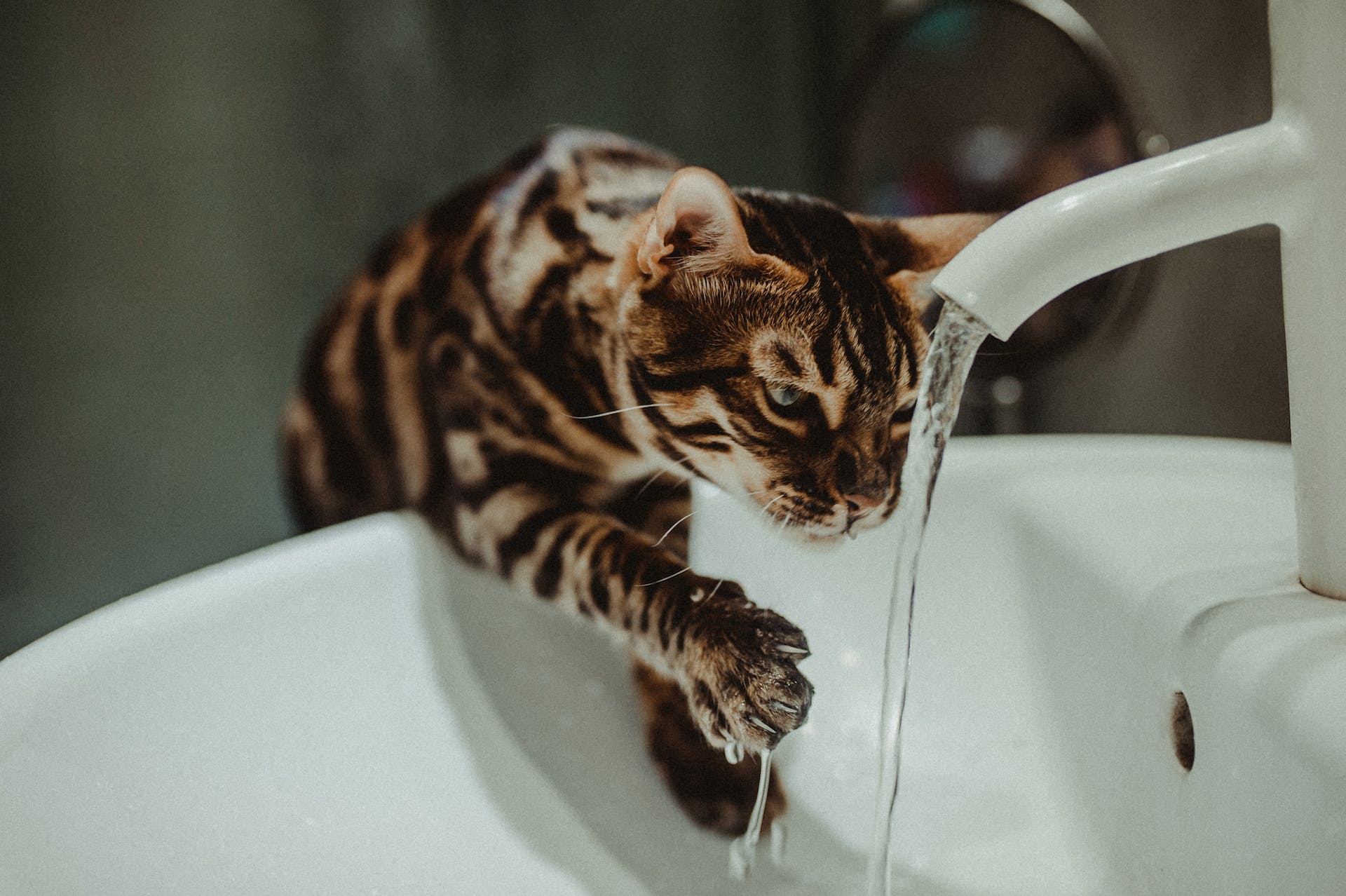
So make sure to monitor your cat’s drinking behavior for around 2-3 days – and keep an eye out for symptoms like lethargy or a drop in their regular activity.
💡 Which, if you’ve invested in a Tractive device, you can check with just a glance at your phone – and have the peace of mind you can take an active role in your cat’s health and wellbeing, right when they need it most.
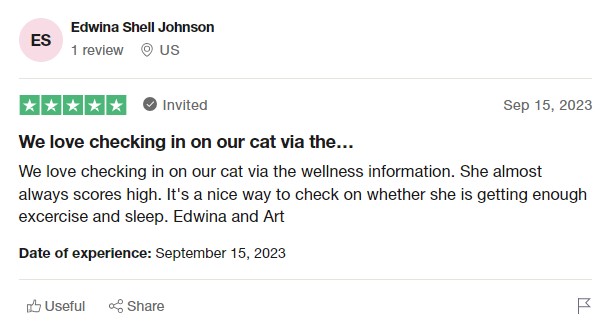
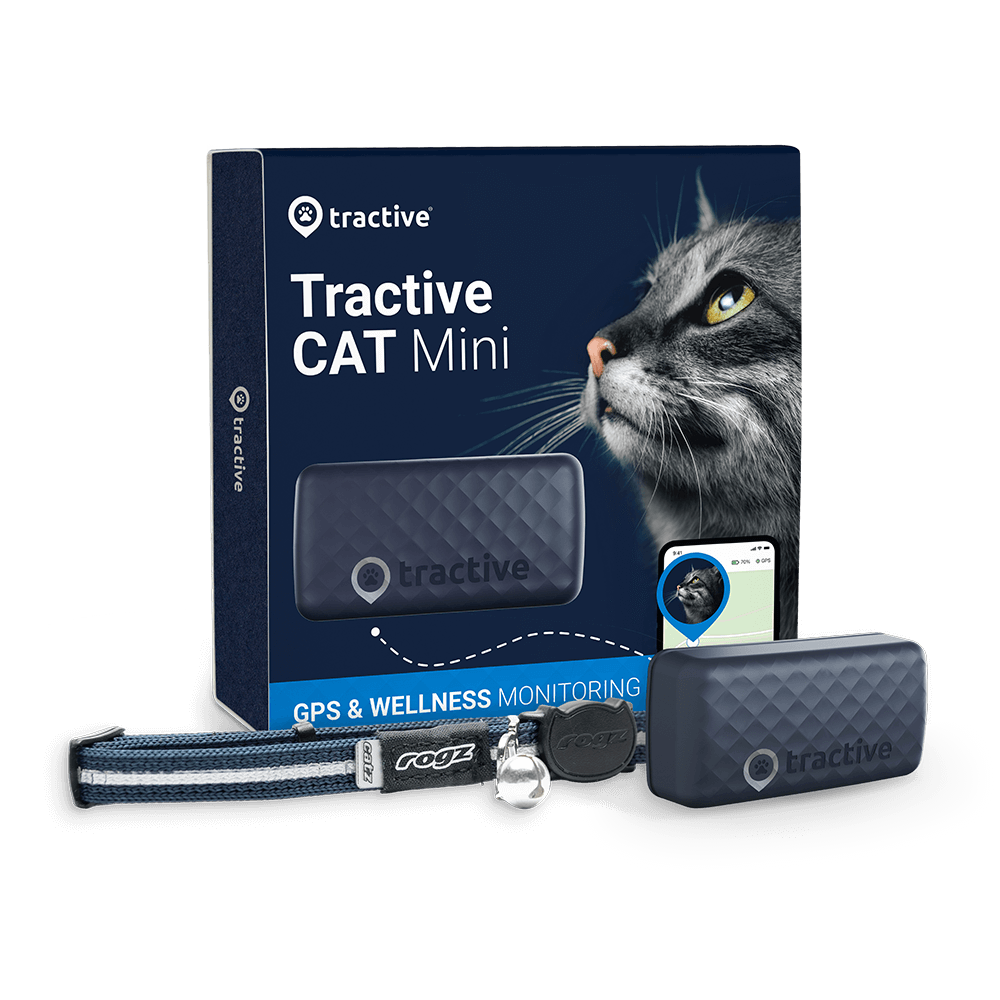
Track your cat’s wellbeing
See how they’re doing at a glance with Wellness Score. Know if they’re getting enough exercise. Spot nap patterns. Detect issues early and keep them healthy.
Want some more tips on how to get a cat to drink water? Check out the video below:
And if you’ve liked this article, share it with a friend or a loved one – and let’s help build a safer, kinder world for our furry friends together.
Your furry friend’s health and wellbeing means as much as to us as it does to you. So we’ve made it a priority to only share medically-relevant content on our blog.
This post was checked, double-checked, and medically verified by Georgia-based vet, Dr. Dwight Alleyne.
Dr. Dwight Alleyne, DVM
Dwight Alleyne was born and raised in Long Island, New York where his love of animals began. His career for animals began working for a well-known no-kill animal shelter on Long Island.
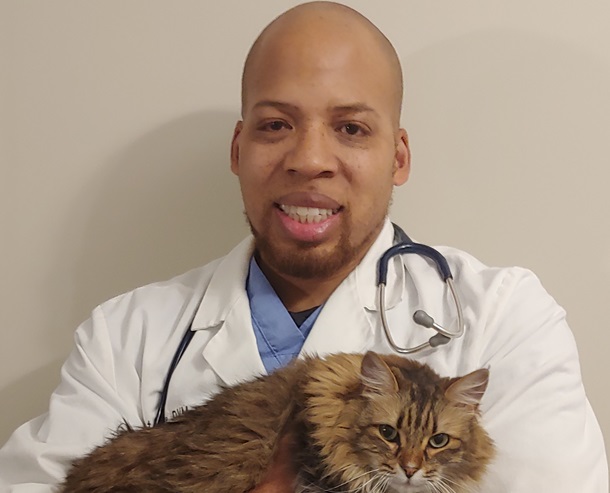
He worked his way up the career ladder working as a kennel technician, veterinary assistant, and then becoming a licensed veterinary technician at the shelter.
His passion for veterinary medicine led to him applying to and being accepted at Cornell University Veterinary where he graduated from in 2006. After completing a small animal rotating internship at Purdue University, he eventually made his way to Georgia where he has been practicing ever since.
Dr. Alleyne has practiced at several small animal clinics throughout Georgia. He has a keen interest in soft tissue surgery and has extensive experience in performing ultrasounds including echocardiograms.
When he is not practicing medicine, Dr. Alleyne enjoys writing and editing pet health articles and providing pet advice through telehealth.
Dr. Alleyne also has his own blog called “The Animal Doctor Blog.” Check it out on: www.anmldrblog.com.

